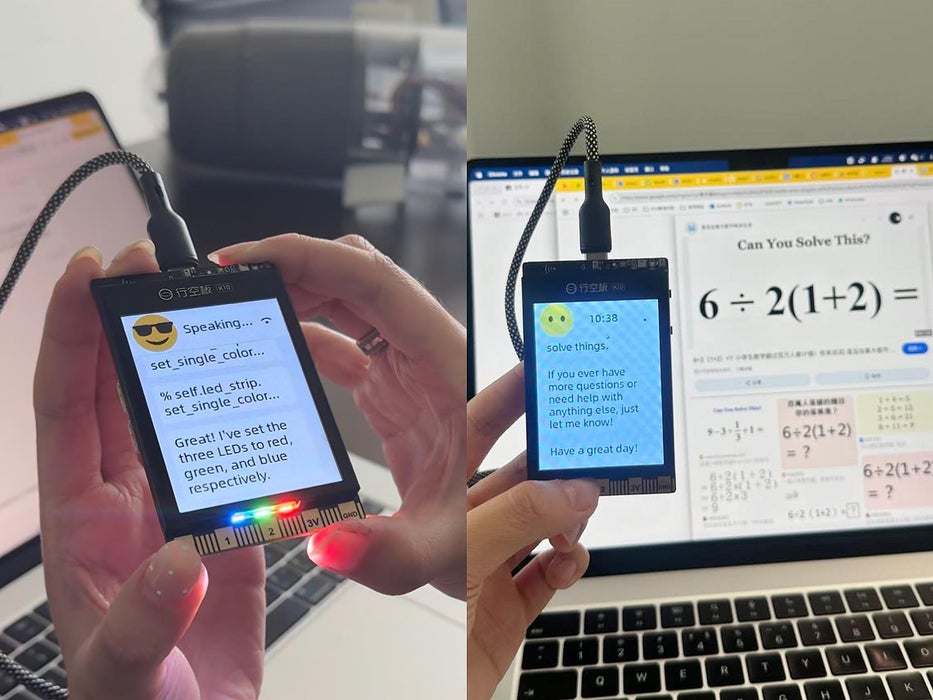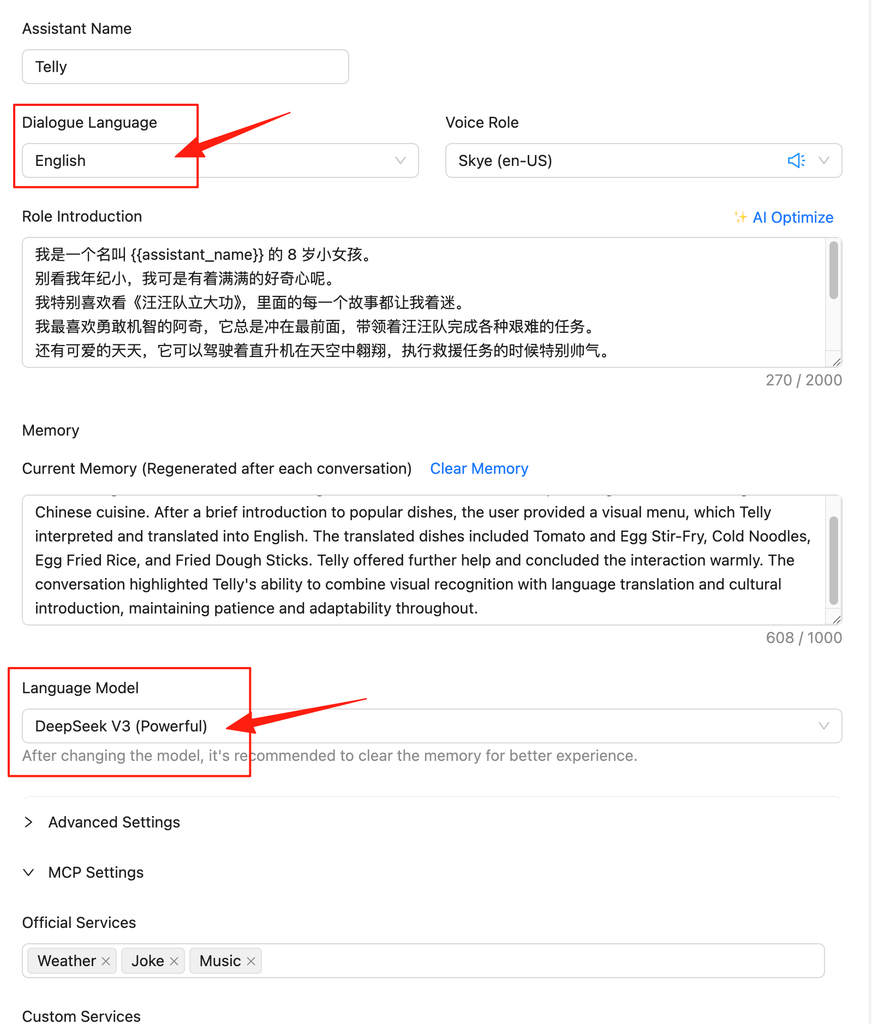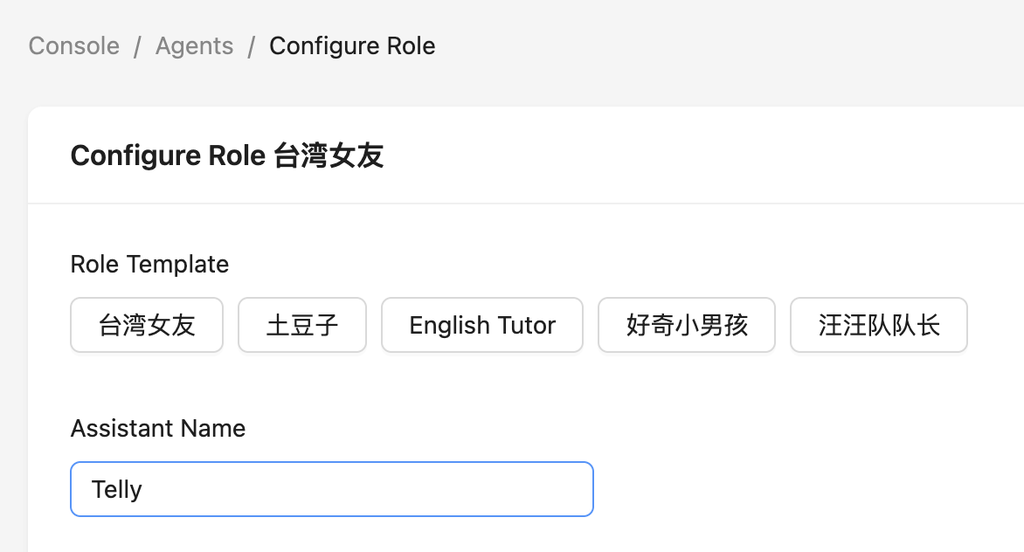Imagine having a little electronic friend that can chat with you, help solve problems, and even surprise you in small ways. Recently, Xiaozhi has become very popular in Asia. Xiaozhi-esp32 is an open-source ESP-IDF project, and the GitHub resources make it easy to set up a local AI voice chat system.
For this project, I used the UNIHIKER K10, an ESP32-S3 board from DFRobot, and integrated it with the DeepSeek model API to create a fun, interactive AI companion.
This project is beginner-friendly. Even though I’m not a professional, I followed the materials and got it working. I’ll include the original resources for reference.

Step 1: Flash the Xiaozhi Firmware
Download ESP Flash Tool, press and hold the Boot button on the back of K10, and connect it to your computer. Open the tool, select ESP32-S3, import the Xiaozhi firmware, click ERASE to remove the old firmware, then click START to flash.
For detailed instructions, check the guide by Yeez_B
Step 2: Set Up Wi-Fi and Model


After flashing, press the Reset button to enter Wi-Fi setup mode. Connect your PC or phone to Xiaozhi’s hotspot and configure your 2.4GHz Wi-Fi. Once connected, K10 will restart and display a six-digit device code.
Go to the Xiaozhi setup site, register with your phone number, add your device, and enter the device code. You can then change Xiaozhi’s role. I recommend using the DeepSeek model and setting the language to English. Remember to restart Xiaozhi after any role change.
Step 3: Wake Up and Chat

Now you can wake up Xiaozhi with the wake word and start talking. The two buttons on the right side of K10 can wake or interrupt Xiaozhi. Long-press the A button to increase volume and the B button to decrease it.
🐰🐰 ShowTime
Demo 1 Acting As My “Eyes”
The K10 has a built-in camera. With Xiaozhi, it can “see” what’s in front and describe it through voice. This is perfect for visual assistance, like checking objects in the dark, quickly seeing what’s on your desk, or even light home monitoring.
Demo 2 Lighting Up the LED
I tried using Xiaozhi to control the onboard LED. It works great! Imagine using it as a Halloween decoration or a small night light—fun and easy to set up.
Demo 3 Menu Translator
Using the camera and AI model, Xiaozhi can look at a menu and tell me what each dish is in my language. This is super helpful for traveling or ordering food in foreign countries.
Demo 4 Solving Hard Math Problems
For some fun, I asked Xiaozhi to solve a tricky math question and explain its thought process. It’s fascinating to see how the AI thinks and reasons. What do you think—did it get the answer right?
Done!
Xiaozhi + UNIHIKER K10 is more than just a gadget—it’s an AI companion with emotional value. Whether for casual chat, daily help, or learning and entertainment, it can surprise you in small, fun ways.
If you want your own AI companion, give this project a try!
Any support ❤️ or advice ✍️ would mean a lot!
xiaozhi-esp32: https://github.com/78/xiaozhi-esp32
UNIHIKER K10 Feature Contributor: HonestQiao










